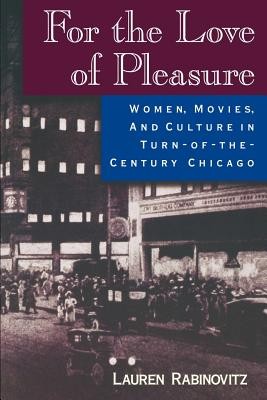
- We will send in 10–14 business days.
- Author: Lauren Rabinovitz
- Publisher: Rutgers University Press
- ISBN-10: 0813525349
- ISBN-13: 9780813525341
- Format: 15.4 x 22.9 x 1.9 cm, softcover
- Language: English
- SAVE -10% with code: EXTRA
Reviews
Description
"One of the most readable books on early cinema I have ever encountered. . . . Rabinovitz ably brings together a wealth of information about the exciting era of social change that marked the beginning of U.S. cinema."
--Gaylyn Studlar, atuhor of This Mad Masquerade: Stardom and Masculinity in the Jazz Age
EXTRA 10 % discount with code: EXTRA
The promotion ends in 19d.12:11:25
The discount code is valid when purchasing from 10 €. Discounts do not stack.
- Author: Lauren Rabinovitz
- Publisher: Rutgers University Press
- ISBN-10: 0813525349
- ISBN-13: 9780813525341
- Format: 15.4 x 22.9 x 1.9 cm, softcover
- Language: English English
"One of the most readable books on early cinema I have ever encountered. . . . Rabinovitz ably brings together a wealth of information about the exciting era of social change that marked the beginning of U.S. cinema."
--Gaylyn Studlar, atuhor of This Mad Masquerade: Stardom and Masculinity in the Jazz Age


Reviews